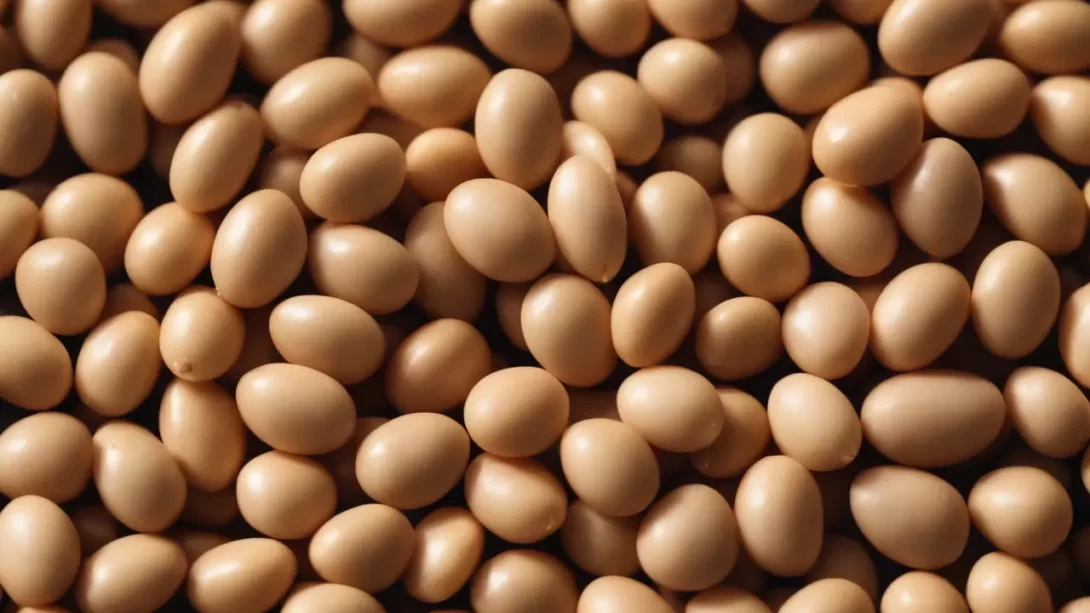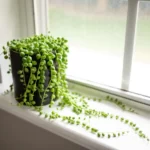In the world of legumes, navy beans and northern beans often cause confusion. These two varieties of white beans are staples in many kitchens due to their versatility and nutritional value. However, despite their similarities, they are distinct in several ways. Understanding these differences is important for both culinary and nutritional reasons. This article aims to clarify whether navy beans and northern beans are the same, helping you make informed choices in your cooking.
Navy Beans
Navy beans, also known as pea beans, are small, oval-shaped, and white. They are known for their creamy texture and mild flavor, making them a popular choice for baked beans, soups, and stews. The origin of their name is rooted in history; they were a staple food for the U.S. Navy in the 19th century due to their long shelf life and high nutritional value. Navy beans are particularly high in fiber and protein, making them a healthy addition to any diet.
Northern Beans
Great Northern beans, commonly referred to as northern beans, are larger than navy beans but smaller than other white beans like cannellini beans. They have a slightly grainy texture with a nutty, delicate flavor. Great Northern beans are a favorite in slow-cooked dishes where they absorb flavors well, such as in casseroles or French dishes like cassoulet. Nutritionally, they are similar to navy beans, offering a good source of protein, fiber, and essential minerals.
Comparing Navy and Northern Beans
When it comes to distinguishing navy beans from northern beans, several key factors come into play. Navy beans are smaller and have a denser, smoother texture compared to northern beans. This makes them particularly well-suited for dishes where a creamy texture is desired, such as in classic baked beans or thick soups.
Northern beans, being slightly larger and firmer, hold their shape better in cooking. They have a nuttier flavor, which makes them ideal for dishes where the beans are a central ingredient that needs to stand out, like in salads or as a side dish.
In terms of cooking time, navy beans generally cook faster due to their smaller size, while northern beans may require a bit more time to become tender. Nutritional differences between the two are minimal, with both providing a rich source of protein, fiber, and essential nutrients.
Culinary Applications
Each bean type has its unique strengths in the kitchen. Navy beans, with their soft texture, are perfect for recipes requiring mashed or pureed beans, like dips or spreads. They also work well in dishes that require beans to break down slightly to thicken the meal, such as in bean soups or stews.
Northern beans, on the other hand, are best used in recipes where a firmer texture is desired. They are excellent in slow-cooked dishes, grain bowls, or salads where they can absorb flavors without becoming mushy. While you can substitute one for the other in many recipes, the final texture and flavor profile of the dish may vary slightly.
Buying and Storing Beans
When purchasing navy or northern beans, look for beans that are whole and unbroken, with a uniform color. Both types are available in dry and canned forms. Dry beans offer a more economical option and can be stored for a long time, but they require soaking and longer cooking times. Canned beans, while more convenient, can be higher in sodium, so it’s advisable to rinse them before use.
For storing dry beans, keep them in a cool, dry place in an airtight container. Properly stored, they can last for years, although it’s best to use them within a year for optimal quality. Canned beans should be used before the expiration date on the can, and any unused portion should be refrigerated and used within a few days.
Conclusion
Navy and northern beans, while similar in many aspects, have distinct characteristics that make them suitable for different culinary applications. Navy beans, with their small size and creamy texture, are ideal for dishes where a softer consistency is desired. Northern beans, being slightly larger and firmer, are better for dishes where the beans are a focal point and need to maintain their shape.
Understanding these differences can help you choose the right bean for your recipes, ensuring delicious and satisfying meals. Whether you opt for navy or northern beans, both offer a nutritious and versatile base for a wide range of dishes.



